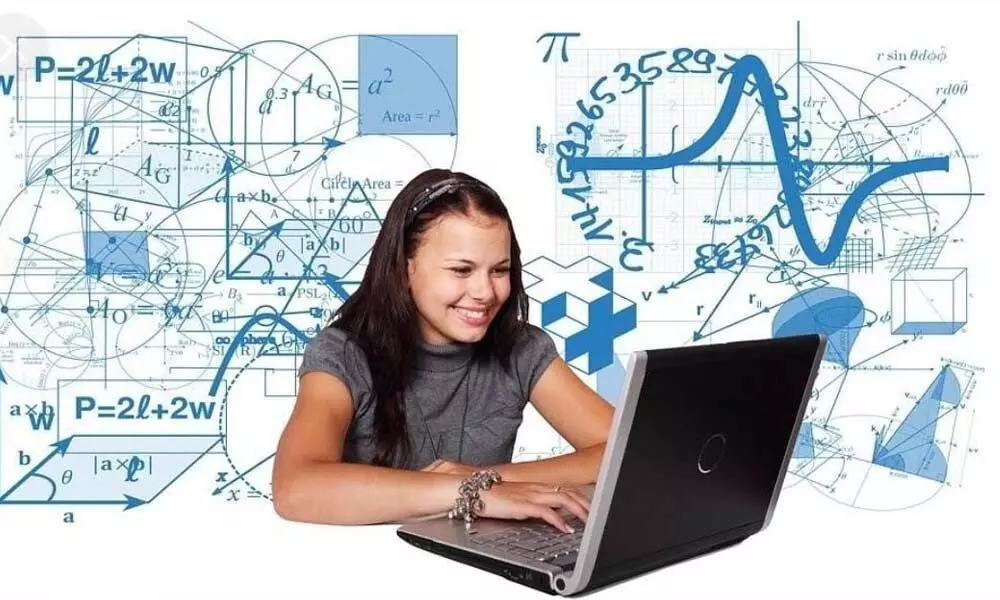Broaden Your Understanding with Education Resources Tailored to Your Demands
Comprehensive Organization Guides for Advancing Modern Technology Education in Schools and Colleges
The assimilation of modern technology education and learning into institution and university educational program has actually ended up being a critical imperative in preparing pupils for an increasingly electronic workforce. What details techniques can be embraced to optimize their influence on both pupils and instructors?
Relevance of Technology Education
As modern technology remains to advance at an unprecedented speed, the significance of innovation education has come to be significantly obvious in today's culture. The assimilation of innovation right into various aspects of life necessitates that individuals have a fundamental understanding of technological ideas and applications. This knowledge not just enhances employability but also cultivates vital thinking and analytical abilities important for browsing a vibrant labor force.
In universities, innovation education outfits students with the capacity to adapt to rapid modifications in industries driven by advancement. It urges creativity and encourages students to involve with emerging innovations, from man-made intelligence to information analytics. Innovation education promotes electronic literacy, which is crucial in an era where information is conveniently available yet typically misleading.

Key Parts of Effective Guides
Reliable guides for technology education and learning must incorporate numerous vital parts to ensure that students obtain one of the most from their experiences. Initially, a well-defined curriculum is essential, outlining the objectives, learning end results, and the abilities to be developed. This curriculum ought to be regularly updated to reflect the quickly progressing technical landscape, making certain significance and applicability.
Second, detailed sources that consist of textbooks, on the internet materials, and hands-on tools are crucial. These sources ought to be obtainable and varied, satisfying numerous finding out preferences and designs. Furthermore, integrating real-world situations and study can improve understanding and involvement.
Third, analysis methods need to be consisted of to review student progression successfully. These assessments must be varied, encompassing developmental and cumulative analyses that line up with the knowing objectives.
In addition, expert advancement possibilities for teachers are critical. Training programs and workshops can gear up educators with the most recent pedagogical methods and technical developments.
Finally, cultivating a collective discovering setting encourages peer interaction and understanding sharing. By consisting of these essential components, guides for modern technology education and learning can considerably enhance the learning experience, preparing pupils for future obstacles in a progressively digital world.
Structure Market Collaborations
Building strong sector partnerships is an essential element of boosting innovation education and learning. These partnerships in between schools and businesses create a dynamic ecosystem that benefits educators, trainees, and companies alike. By cultivating relationships with sector institutions, universities and leaders can align their educational programs with the developing demands of the task market, ensuring that trainees acquire appropriate abilities and knowledge.
The growth of teaching fellowships, instructions, and mentorship programs offers as a cornerstone of these collaborations. Such opportunities provide pupils with hands-on experience, enhancing their employability and useful understanding of innovation applications. In addition, sector partners can provide insights right into emerging fads and technical innovations, allowing educators to adjust their training approaches appropriately.
In addition, partnerships can assist in accessibility to resources, such as devices, software program, and financing for research study projects. These contributions improve the finding out setting and enable organizations to remain at the forefront of technological advancement. Ultimately, developing robust market collaborations is crucial for cultivating a proficient workforce that meets the demands these days's quickly transforming technical landscape, while likewise driving economic development and competition in the more comprehensive area.
Implementing Modern Technology Programs
Implementing modern technology programs within instructional institutions calls for a tactical strategy that focuses on both curriculum development and resource appropriation. To initiate effective innovation integration, establishments must first analyze their existing framework and determine voids in resources, consisting of hardware, software application, and personnel training. This assessment makes it possible for colleges and institutions to create a tailored strategy that lines up with their particular instructional objectives.
Following, it is essential to create a comprehensive curriculum that includes arising technologies and market requirements. Collaborating with educators, market experts, and stakeholders can make sure that the educational program stays appropriate and efficient in preparing students for the labor force (Grants). Additionally, professional advancement for professors is crucial, as it furnishes teachers with the abilities needed to successfully educate brand-new innovations
Additionally, Check This Out organizations ought to emphasize the importance of hands-on learning experiences, such as labs and workshops, that allow pupils to use theoretical knowledge in useful setups. This experiential approach enhances involvement and cultivates important reasoning. Finally, protecting sustainable financing through partnerships and grants can aid maintain and expand innovation programs, ensuring long-term success and flexibility in an ever-evolving technical landscape.
Gauging Success and Outcomes
Analyzing the success and end results Learn More of modern technology education programs is vital for validating their impact and leading future improvements. Effective measurement structures should include both quantitative and qualitative metrics, supplying an extensive sight of program effectiveness. Key performance indications (KPIs) such as pupil enrollment figures, retention rates, and program conclusion portions use useful measurable information.

Incorporating standard evaluations can additionally examine pupils' technological expertises and preparedness for the labor force. Benchmarking against similar institutions enables for contextually pertinent contrasts, highlighting locations for development.
Ultimately, the continuous assessment of innovation education and learning programs cultivates a society of improvement, making certain that they progress abreast with industry needs and academic criteria. By systematically determining success, establishments can not only demonstrate liability to stakeholders but likewise boost their offerings, thereby enhancing the discovering experience and preparing students for the ever-changing technological landscape.
Verdict

The integration of innovation education and learning right into college and college curricula has come to be a vital crucial in preparing pupils for an increasingly digital workforce.As modern technology continues to evolve at an unmatched speed, the value of modern technology education and learning has become increasingly apparent in today's society.In educational institutions, technology education and learning outfits pupils with the capacity to adjust to quick modifications in markets driven by advancement. By focusing on modern technology education, institutions can cultivate a generation of informed residents capable of leveraging innovation for societal and individual advancement. The implementation of durable analysis methods allows institutions to measure success and end results, ultimately enhancing the overall performance of innovation education efforts and preparing trainees for future difficulties.